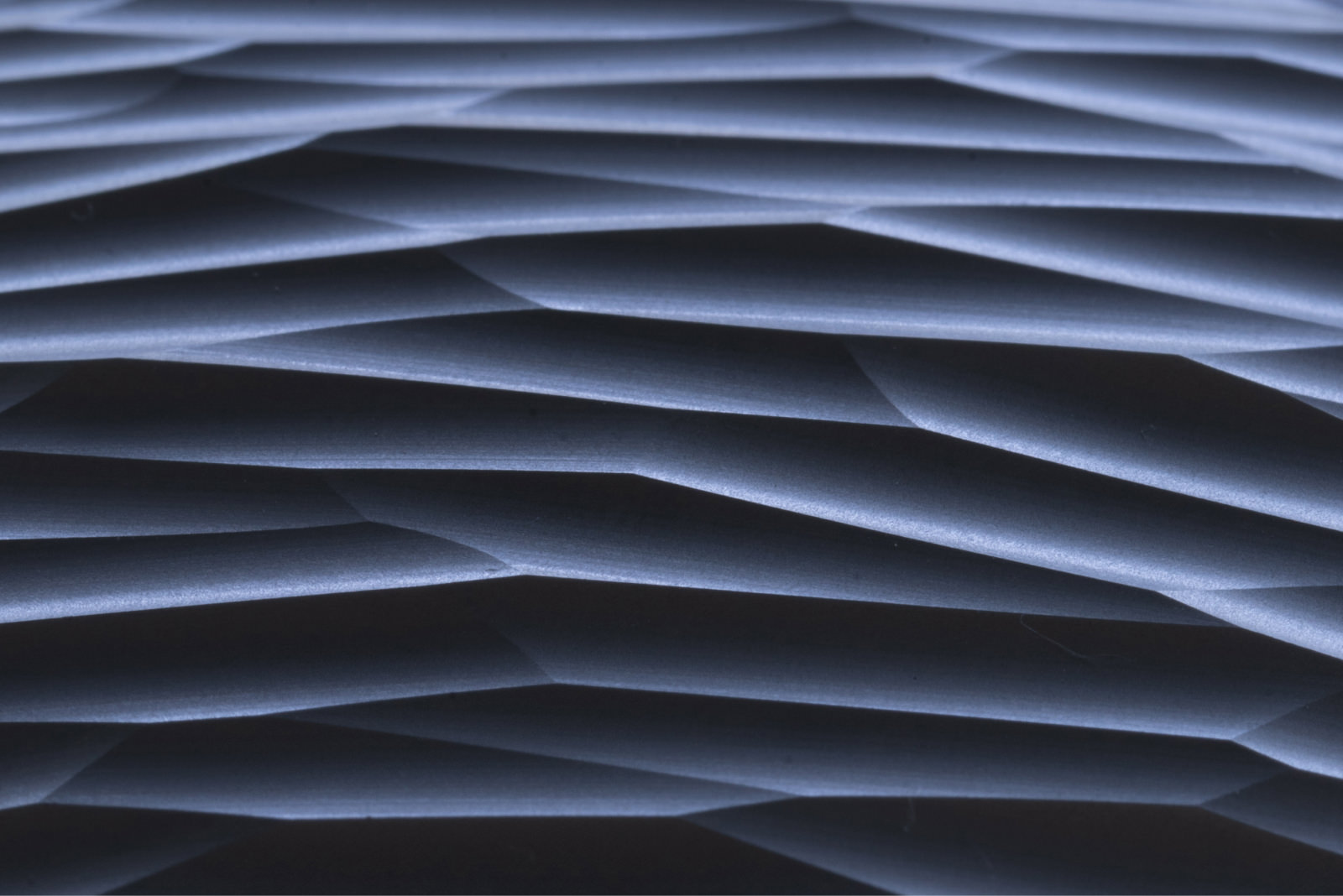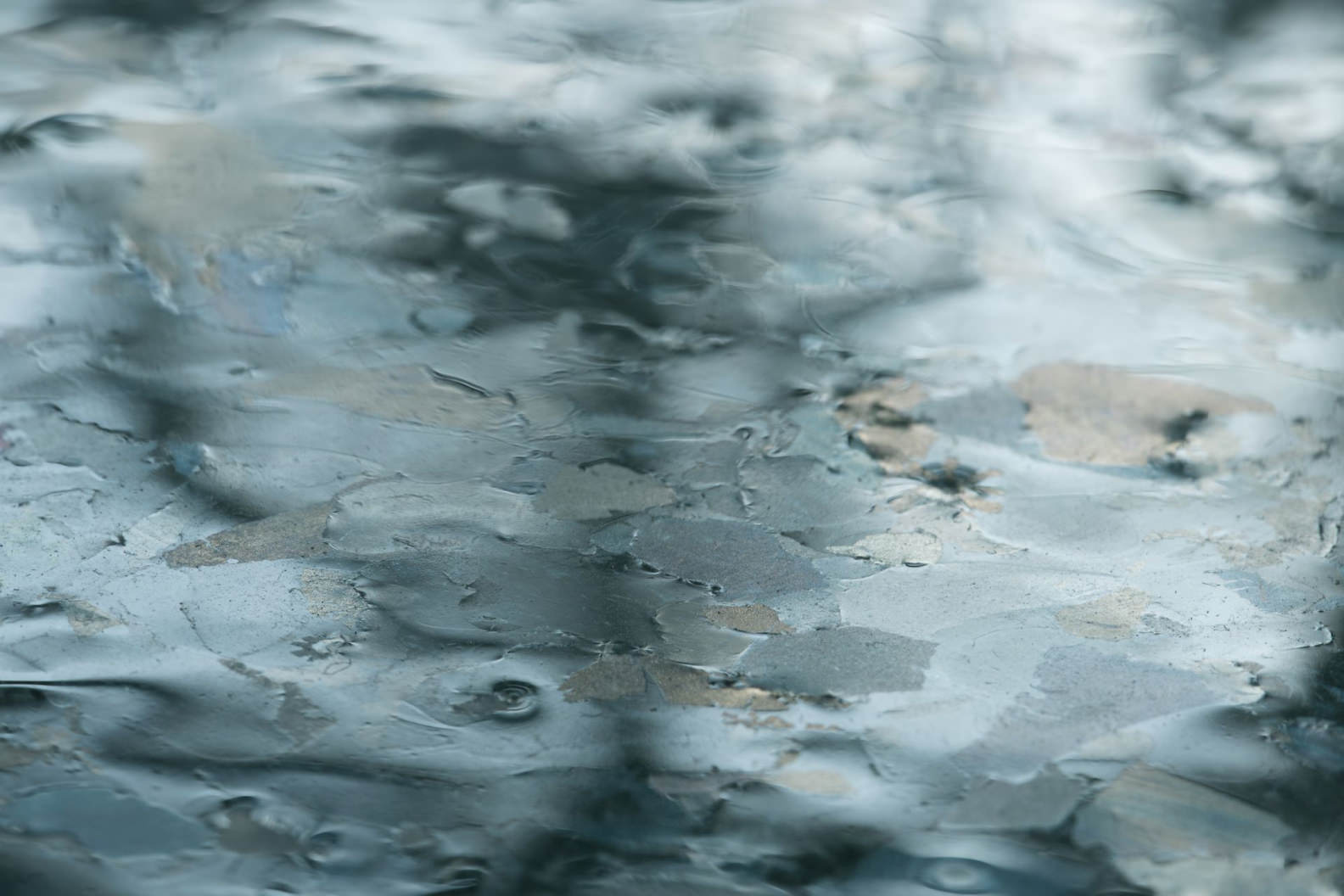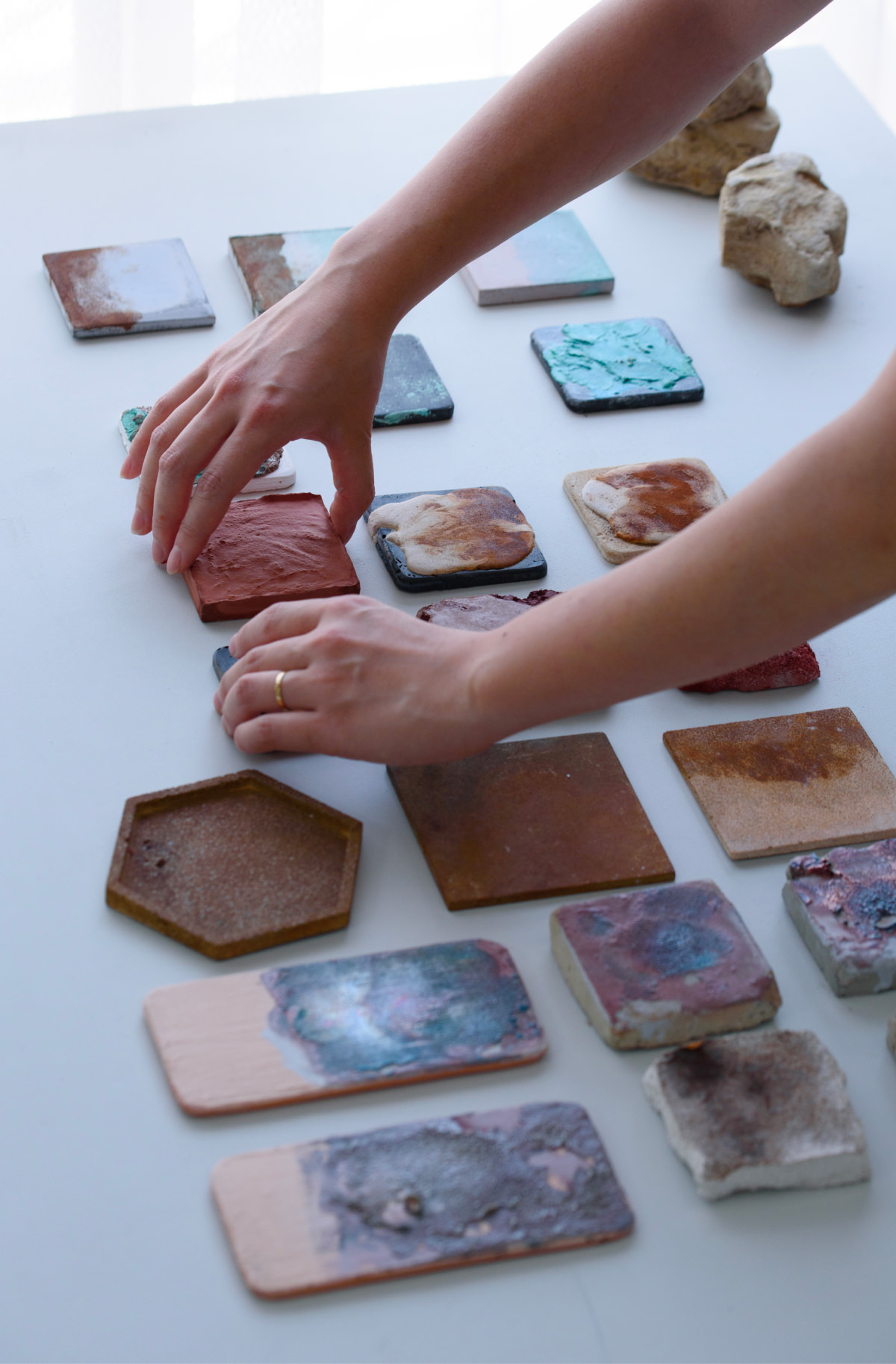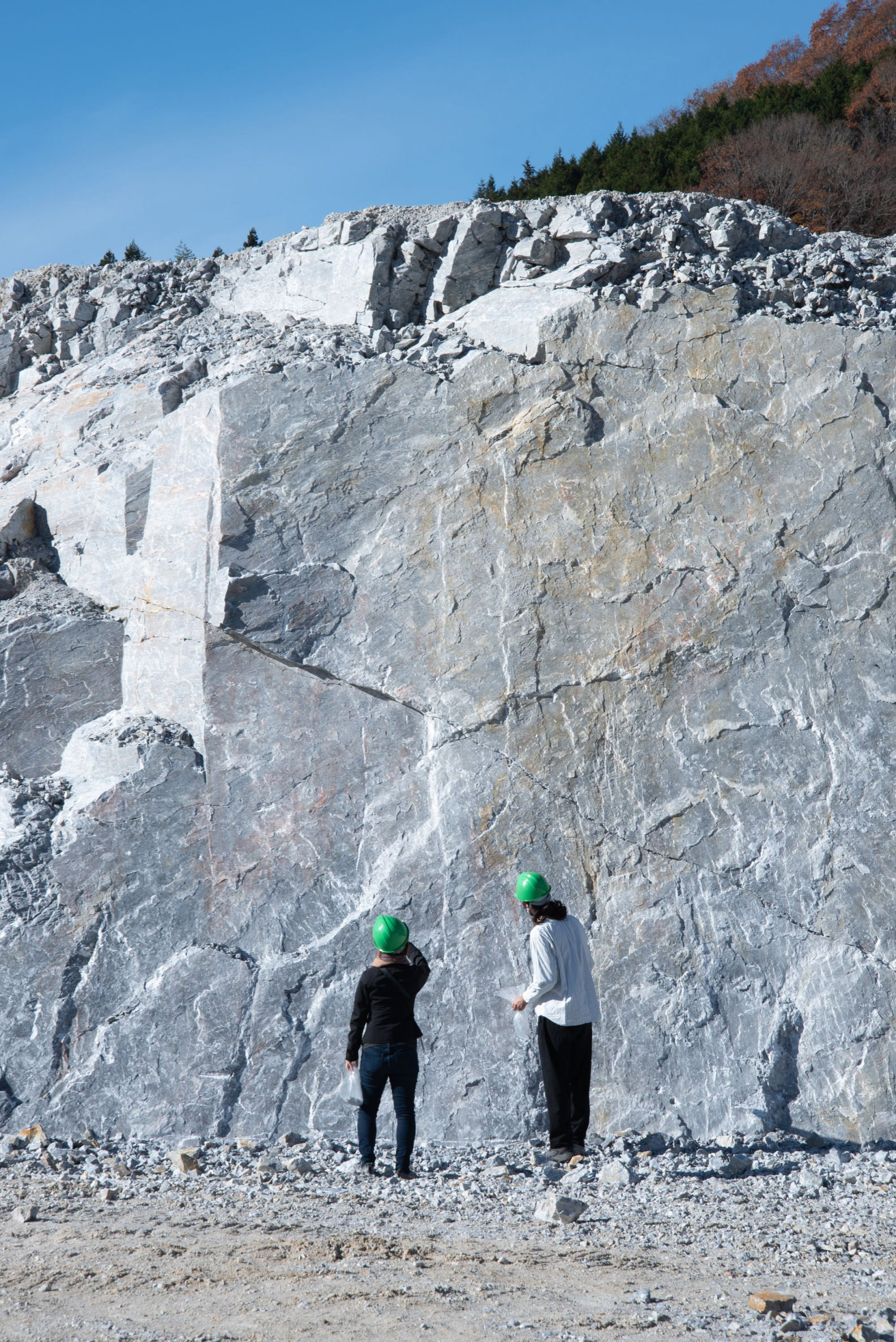AATISMOは、アートとテクノロジー、原初と未来、そして野生の思考と科学的思考の融合を図り、建築・デザイン・アートなど分野を横断した活動を通じて様々な物事の本質的価値を探求している。
AATISMO seeks to fuse art and technology, the primordial and the future, and wild and scientific thinking to explore the fundamental value of things through activities that cross disciplines such as architecture, design, and art.

プリミティブイデアを探して
Exploring Primitive Ideas
古代のものやヴァナキュラーなものなど、原初の姿の中に潜む根源的価値を「プリミティブイデア」と呼んでいる。私たちはその片鱗を追い求めながら、建築の設計やプロダクトのデザインなどのものづくりを行っている。 現代では様々な物事が複雑に細分化されていると感じるが、それに対してプリミティブな状態とは、物事が細分化される前の未分化で多義的な状態である。現代の技術や素材、歴史・文化などを統合的な視点で扱うことで、過去に埋まっている未来への種、つまりプリミティブイデアを探し、育てていくことを命題とし、活動している。
I am drawn to ancient architecture. It’s not just the diverse cultures, thoughts, and designs that differ from the modern ones that captivate me, but also the fact that these structures were meticulously planned to endure for centuries, if not millennia. The awe and admiration stem from their continuous preservation and restoration, their unwavering purpose throughout history, all of which has been passed down to the present. I’m also intrigued by ancient tools. Their ingenuity, driven by necessity and passion in times when modern materials and processing techniques were nonexistent, reveals the prototypes of functionality and form.

アートとテクノロジーの融合
The fusion of art and technology
私たちのチーム名AATISMO(アアティズモ)は、「Art and Technology」の頭文字AATに主義を示す-ismのイタリア語-ismoを付けた造語になります。Artは芸術、Technologyは技術と訳されます。現代ではある意味真逆の概念のようですが、その言葉の成り立ちをみると、Artはラテン語のArsからきており、そのArs自体はギリシア語のtechnéを古代ローマ人がラテン語に訳したものです。一方、見てわかるように、Technologyの語源はこのギリシア語のtechnéです。つまり、語源まで遡るとArtとTechnologyは同じもので、広く「技術」を表す言葉だったことがわかります。
Our team name, AATISMO (pronounced “Aa-teez-mo”), is a coined term that combines “Art and Technology” (AAT) with the Italian “-ismo” suffix, indicating an ideology. “Art” represents art, and “Technology” stands for technology. In contemporary terms, these concepts seem somewhat opposite, but when you delve into their etymology, “Art” originates from the Latin “Ars,” which itself is the translation of the Greek “techné” by the ancient Romans. On the other hand, as you can clearly see, the word “Technology” traces its roots back to the same Greek “techné.” Essentially, when we trace their origins, “Art” and “Technology” were once synonymous, both broadly referring to “technology” itself.

原初と未来の融合
The fusion of the primitive and the future
私たちが物事について考え始める時には、プロダクトであればそのものが生まれた背景・使われ方など、そして建築であればその用途や土地の変遷など、それぞれの歴史をリサーチすることから始めます。
原初の姿をスタートとすることで、簡単に消費されてしまわない、本質的な価値をつくることができると考えています。とはいえ、歴史とはその時代その時代での最先端の試行錯誤の連続です。単なる懐古趣味に陥るのではなく、積極的に現代の技術を取り入れていくことや、その地域に根付いた文化の価値を発掘し、未来に繋いでいきます。
When we begin to think about things, whether it’s a product and its background and usage or architecture and its purpose and the evolution of the land, we always start with researching their respective histories.
By starting from the primitive state, we believe we can create enduring value that won’t be easily consumed. However, history consists of continuous trial and error for each era. Rather than succumb to mere nostalgia, we actively incorporate modern technology and unearth the cultural values rooted in the region, connecting them to the future.

野生の思考と科学的思考の融合
The fusion of savage and scientific thinking
「野生の思考」とは、1962年にフランスの人類学者レヴィ=ストロースによって発表された著作のタイトル及びその中で「科学的思考」に対比された形で示された概念です。「科学的思考」は所謂数学的・客観的・合理的な思考で、物事を分離・分解し理解するような考え方であり、一方、「野生の思考」は、物事に具体的なイメージを持った記号をシンボルとして割り当てて、その関係性を比喩や連想、そしてブリコラージュをしながら展開させていく思考です。
“Wild thinking” is a concept introduced in 1962 by the French anthropologist Lévi-Strauss, as the title of one of his works, contrasting it with “scientific thinking.” “Scientific thinking” is characterized by its mathematical, objective, and rational approach to understanding and breaking down things. On the other hand, “wild thinking” involves assigning concrete symbols to things and developing their relationships through metaphors, associations, and bricolage, using symbols as the basis for thought.

